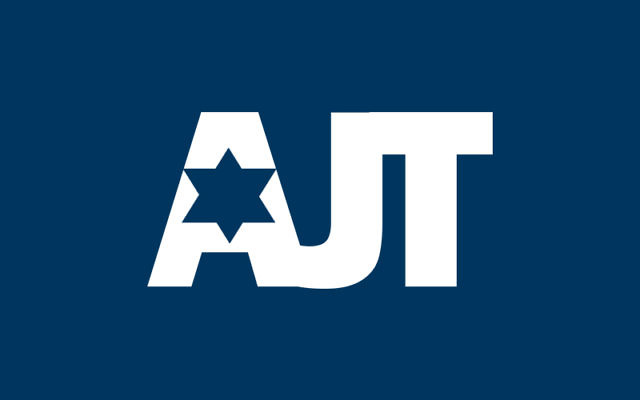Brickman Recalls Struggle to Expose Emory Anti-Semitism
By Zach Itzkovitz
Dr. Perry Brickman recounted uncovering anti-Semitism in Emory University’s dental school during an appearance Sunday, June 7, at the Atlanta Jewish Academy.
“In 1943, right in the middle of World War II, the American Dental Association sent its highest-paid individual, Dr. Harold H. Horner, and his staff around the country to assess each of the 39 dental schools in the United States,” said Brickman, recently honored by the Jewish Federation of Greater Atlanta with its Lifetime Achievement Award. “There were only three dental schools in the South at that time.”
What became Emory’s dental school was the Atlanta Dental School, a private institution with no affiliation to Emory University.
Horner released a report finding that 24 percent of dental students in the United States came from New Jersey or New York, hotbeds of Jewish life.
He judged that more than one-third of dental students were “largely of a foreign extraction and belong mainly to one racial group.” With the blessing of the American Dental Association, Horner advised dental schools to enact quotas for students from the Northeast — quotas that were disproportionately applied to Jews.
John E. Buhler was the dean of Emory’s dental school from 1948 to 1961. Brickman uncovered the application Buhler used for admission to the dental school, which asked students their race and offered the options of “Caucasian, Jew, or Other.”
Brickman’s efforts to publicize and rectify the discrimination were scattered. In an initial attempt to reprimand the school, Brickman showed that 65 percent of Jews in Emory’s dental school had either been flunked out or forced to repeat a year.
When that information reached Buhler, he immediately resigned. That was it — no acknowledgment and no apology.
In 2006, Brickman attended an exhibit, “The Faces of Emory,” which included student statistics from the years in question: 1948 to 1961. The exhibit revived Brickman’s frustration, and he began to seek Jews who had attended the dental school during those years.
After five years of research, Brickman presented a short film he made to Emory Vice President Gary Hauk. The film showed brief interviews with Jewish victims of Emory’s discrimination.
“They were going to apologize,” Brickman said. “They said, ‘We don’t want to publicize this before it happens. We want it really to happen big.’ ”
Facing pressure from Emory history professor Deborah Lipstadt, Hauk decided to publicize the school’s formal apology, which followed a private apology.
“They wanted to break the story their way,” Brickman said, “and she knew the person at The New York Times. They broke it that way.”
The New York Times article, written by Samuel Freedman, went viral. Local media outlets, including the Atlanta Jewish Times, also published Brickman’s story.
On Oct. 12, 2012, Emory President James Wagner formally apologized before roughly 100 people at the university’s Woodruff Library. A film composed of brief interviews with Jewish former students titled “From Silence to Recognition” was screened, and Lipstadt took part in a panel discussion on Emory’s anti-Semitic practices and the implications for the future.
Emory this spring created the Brickman-Levin Fellowship, named for Brickman and the late Arthur Levin, who led the contemporary efforts to expose the anti-Semitism at the Emory dental school when he was the Anti-Defamation League’s Southeastern director. The endowment supports graduate students in Jewish studies.





comments